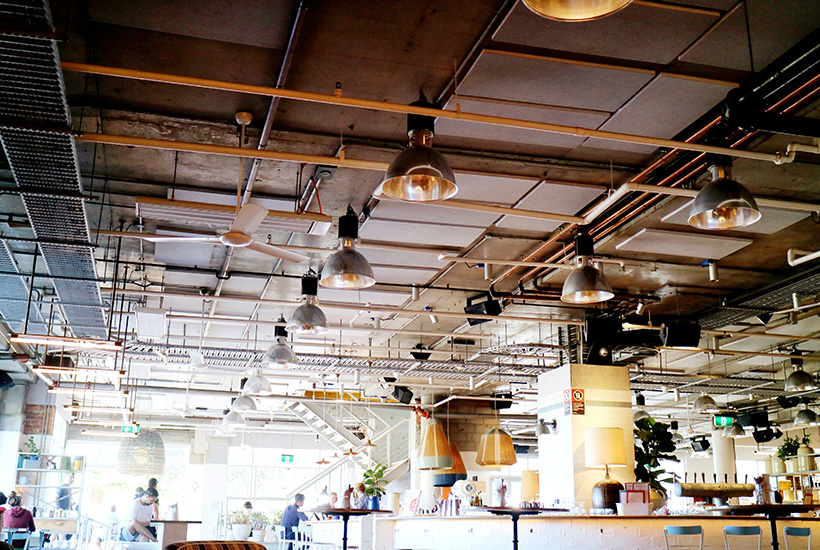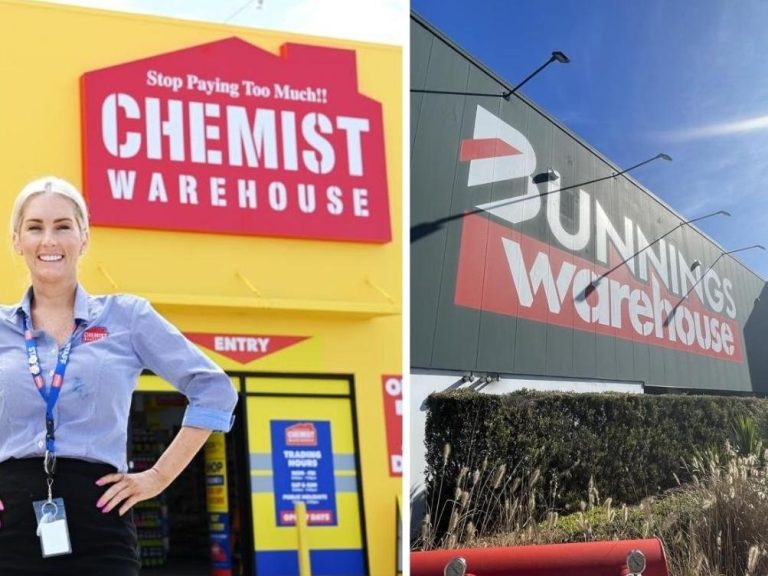Energy prices and SMEs

Bigger power bills have become the norm in today’s business landscape, putting increasing pressure on small to medium-sized enterprises.
But regardless of your industry, there’s a good chance you’re paying too much, and by taking a good look at how you use energy you could save your business thousands of dollars a year.
Do businesses pay more for electricity?
In many cases, yes, but it’s not because they’re deliberately being charged a higher rate.
Council of Small Business Organisations Australia CEO Peter Strong says businesses often pay more because they haven’t negotiated the best prices. But he says the main reason for big bills usually comes down to inefficient energy use.
“Normally the power prices are not any more than your home residence when it comes down to per kilowatt,” Strong says.
“It comes back to how you use it and certainly the more you use the more expensive it will be”.
This might comfort some business owners, but for other organisations that use plenty of power, it means they might need to change things up in their workplace.
Which SMEs pay more?
Utility costs are being felt across every industry, but Strong says businesses with heating, cooling and other power-sucking activities feel the most pressure.
Small businesses with significantly higher energy requirements can include:
- Independent supermarkets
- Cafes and restaurants
- Butchers
- Hotels and accommodation
“Places that have large cold storerooms like IGAs and butchers – for these sorts of businesses it’s very important to have cooling rooms, but they cost money to run,” Strong says.

Boutique supermarkets are among the heaviest energy users in the small business community.
“We have heard of some supermarkets’ bills increasing by $40,000 a year, and that’s a lot of money.”
According to the Australian Government, food businesses like cafes and restaurants report power for food storage and preparation can add up to 15% of their costs.
Meanwhile, in accommodation businesses like hotels and Airbnb, air conditioning contributes to up to 50% of overall energy use.
Strong says even hairdressers and people operating out of home offices may have experienced bill shock, not to mention farms and agriculture-based setups including dairies, cheesemakers, boutique breweries and wineries, all of which use specialised equipment, much of which needs huge amounts of power to run.
7 ways to lower your electricity prices
The reality is that power prices are rising and the best way to pay less is to use less, and it’s amazing what a few small changes can make.
As an example, when the Australian Government conducted power audits on 30 orchard and fruit packers in 2013, they were able to shave an average of $16,300 off their annual power bills by making some changes.
Here are some energy saving tips that may help significantly reduce your usage.
1. Use new, energy-efficient equipment
By using lighting, washing machines, refrigerators and other appliances that are energy efficient, businesses will see their bottom line improve.
Strong says “smart refrigerators” are one example of new tech that can help.
These appliances have timers programmed to turn off fridges and freezers when the business is closed, reducing power use overnight.
2. Conduct an energy assessment
Knowing where to start means you first need to have an idea where your biggest energy weaknesses are.
Pull out your bills for the last 12 months and look for any usage patterns that show when your business uses power most. Then take a walk around the business and identify what uses energy and when you use it most.
This basic information can help guide your future changes.

Businesses can take a number of steps to increase their energy efficiency.
3. Pay attention to energy ratings
When purchasing appliances, energy ratings are critical. Generally, more efficient appliances will have a higher price tag, but you could end up saving much more on power costs in the long run.
Remember that more stars means more energy efficiency and experts recommend going with six stars or higher for the greatest impact.
4. Shop around
When your business is busy, it can be easy to “set and forget” when it comes to your energy provider.
Strong recommends ringing your current provider every year and simply asking for a better deal. It’s also a good idea to contact other providers to see if they can beat the price with the same conditions.
There are also many comparison sites online that can help find the best provider for your needs. In some cases a simple switch can reduce your bills by hundreds of dollars per year.
5. Search for government grants
There is plenty of free money on offer when it comes to helping Australians switch to greener options.
Solar, energy saving lightbulbs, water tanks, equipment upgrades are all on offer, so check what’s out there from both state and federal governments, and whether your business qualifies.
6. Bring in a power assessor
If your business has a higher need or complex use of power, bringing in an expert may pay off. They can carry out an in-depth audit and suggest changes to significantly reduce your usage.
Examples of fixes they may suggest include installing insulation, replacing air-conditioning and double-glazing windows. They may also be able to identify high energy use activities that can be carried out during off-peak tariff times when power is cheaper.
In most cases alterations will require upfront capital, so look for an assessor who knows your industry and who offers a guarantee the savings identified will cover the costs.
7. Look for a green lease
If you have a business that can work out of a range of property types – like a tech start-up – then a green lease may significantly reduce power costs.
A green lease is a rental contract to provide a space, but the landlord also commits to a four-star energy rating and carries out a range of sustainability measures.
These agreements should be accompanied with transparent reporting on targets met.
But be wary of ‘green washing’, which is when a landlord gives the appearance of efficiency measures but does not actually carry them out or provide proof.







